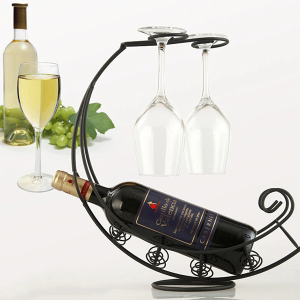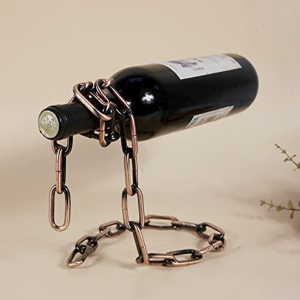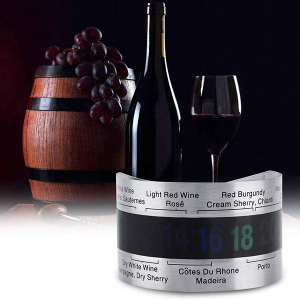How many calories in a bottle of wine?
This is a question that many people have asked over the years. It’s understandable because how many calories you consume can affect your diet and the amount of weight you gain or lose. In this article, we’ll answer this question for you and provide information on how to choose lighter wines with fewer calories if you’re trying to watch what you eat. We’ll also discuss some other factors such as sugar levels, alcohol content, and health risks that should be considered when counting calories in wine bottles.
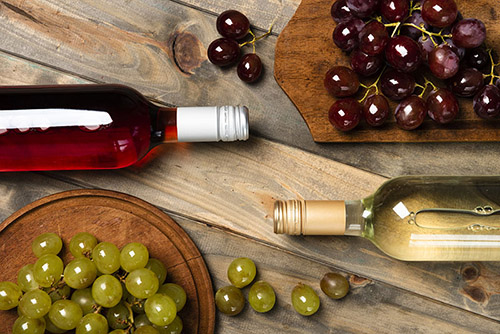
What colour wine has more calories?
Red wine contains the most calories in one bottle. This is because it tends to be sweeter and heavier than white wines, making it harder for you to drink as much without consuming more calories. The calorie count will vary depending on how many calories are found in a glass of alcohol or added sugars. Generally speaking, red wine contains anywhere between 130-220 calories per serving, while white wines have about 80-110 calories per serving. A 750 ml bottle of wine contains an average number of 600 calories.
One serving size can be anywhere from 100ml to 200ml because all wines have different alcohol levels that determine their calorie count per serving size. Below are some examples of calories typically found in a glass of different wines:
Red wine: 130 calories in a typical pour of 150 ml.
— Cabernet Sauvignon has a low-calorie count of 119 calories per pour.
— Pinot Noir also contains about 119 calories per pour.
— Port wine has an average of 250 calories per pour.
White wine: 110 calories in a typical pour of 150 ml.
— Sauvignon Blanc contains 120 calories per pour.
— Chardonnay has an average of 105 calories.
— Pinot Grigio and wines from the Loire valley may contain from 107 to 143 calories based on how many extra sugars are added by the producer.
Rosé wine: around 120 calories in a typical pour of 150 ml.
— White Merlot has fewer calories than some white wines, with an average of 115 calories per pour.
Sparkling wine: around 100 calories in a typical pour of 150 ml.
— Champagne has a fairly low alcohol content of 96 calories per pour.
— Prosecco contains about 99 calories per 150 ml serving.
Sugar in wines
Generally, sugar is one of the primary sources of calories. Dark red wines and dessert wines have the most calories because they are made from black grapes naturally high in sugar.
Red wine contains more calories per serving than white since it’s made from grapes with higher sugar content, and they’re generally aged over time to be smoother in taste with an alcohol content of 12%. Since red wines are sweeter, we don’t recommend them if you choose to drink only one or two glasses because of their high calories.
White wine is typically lower in calories than red or rosé wine due to its sugars being converted into alcohol during fermentation and not having any added sweeteners later on in the process (such as caramel). That’s why this type of wine will not be as sweet or heavy in calories because less sugar was added during production.
Some wines may contain more calories than others, depending on how much residual sugar was left over when fermenting. One can determine if a wine has been bottled with residual sugar by reading its label carefully or asking an employee at a liquor store about this information before purchasing.
Alcohol in wines
The most common alcohol calories per glass range from around 120 to 170 calories, with some wines containing up to 300 calories in one serving. Red wine mostly has a higher alcohol content, which is what makes it this sweet and heavy. White wine, on the other hand, has a lower alcohol content due to fermentation over time. Dark red wine and dessert wine are considered to be high-alcohol wines.
Alcohol can affect how many calories are put away just like anything else will – so drinking light is better for those who want to watch their caloric intake closely. If calories are a concern, stay away from the higher-alcohol wines.
Since white wines have a lower alcohol content, they’re generally easier to drink, so red wine isn’t usually the first choice for most people. That being said, calories still play an important role in wine consumption.
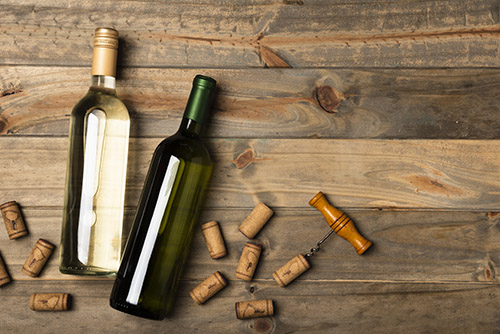
The impact of wine consumption on health
Drinking any type of alcohol is not good for anyone’s health and should only be done in moderation; however, there are benefits to drinking both types during different occasions.
There are some benefits to drinking red wines regularly, though – the antioxidants they contain can help prevent heart disease and cancer while also improving circulation. The downside is that these same substances may increase blood pressure for those who already have high blood pressure levels or are at risk of developing it, so this is something to look out for when deciding whether or not to drink red wine without considering calories.
White wines are more popular these days since they were once considered too “dry” for most people’s taste buds, but that doesn’t mean you’ll find them any healthier than reds. They contain a smaller amount of calories per serving but come with fewer health benefits, such as being heart-healthy or cholesterol-lowering (of course, this varies from person to person).
So with all that being said, if you want to limit calories while enjoying another glass of wine, we recommend that you drink white wine, which has fewer calories.
As mentioned before, there are benefits to drinking both types during different occasions, so keep these tips in mind when deciding what kind suits your needs best.
